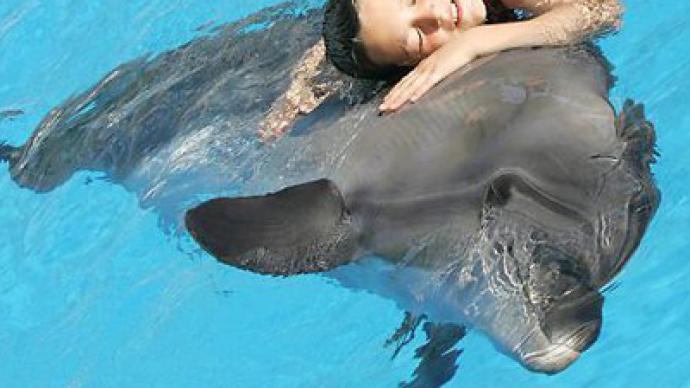Post-stroke rehab: Turning patients into dolphins

Before her appointment as Russia’s new Health Minister, Veronika Skvortsova used to help post-stroke patients with paralysis to recuperate through an illusion of becoming… a dolphin.
Research showed that through a virtually created illusion of moving like this marine mammal, a patient’s brain can be trained to regain control over the head and body. Together with two colleagues, Skvortsova offered post-stroke patients the chance to feel like dolphins with the help of special equipment. A fully or partially paralyzed client dons a hi-tech helmet with special goggles and motion-sensing devices attached to the head, body and pelvis. With these, and computer software the patient receives the illusion of being plunged into water and moving like a dolphin. “Sometimes, the human brain may be restored through an illusion of its normal activity,” Skvortsova said to the Russian Moskovsky Komsomolets daily. Virtual reality can be used to recreate a person’s motions, lost after a stroke or other serious trauma. Patients receive a full illusion of successive motion – from the first baby movements of turning on their belly to crawling and walking. Patients sense submerging and swimming, and even see their limbs moving. The virtual sensations help the brain to gradually regain lost functions, strengthening the impression that it is in full health. The intensity of the workload and the patient’s reaction are monitored by motion-sensing devices and further computer-analyzed to choose an optimal personal program. “As a result, contacts between nerve cells are restored, which facilitate post-stroke rehabilitation,” explained the Minister. Veronika Skvortsova graduated from the Second Moscow State Medical Institute, then took postgraduate courses in clinical studies and neurological disorders. In 1994, Skvortsova was awarded the highest possible degree in neurology.














